This is part III of our career series for those considering attending massage school in Miami, Florida.
In the last article of the massage therapy career series, we discussed that massage is the oldest and most widely-practiced form of medicine. This is unsurprising, given that humans instinctively utilize touch for therapeutic purposes, such as we soothe an injury or hug a friend for comfort. While most people tend to utilize their instinctive therapeutic touch in a non-technical manner, early medical practitioners saw the healing potential of applying human touch in a specific manner and developed massage into a medical practice.
Because massage is rooted in our natural healing inclinations and does not require tools or extensive knowledge to apply, every system of medicine in history has utilized massage as a medical practice. However, this is not to say that massage has always been practiced in the same way.
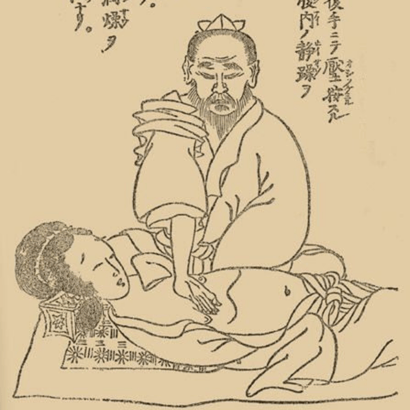
For example, the ancient Chinese court physicians of the Han Dynasty practiced massage much differently than do modern-day sports physiologists. While both tuina (traditional Chinese massage) and sports massage utilize manual pressure, the healing mechanisms behind the two massage styles are very different. Tuina works by stimulating the acupoints of the body, while sports massage works by repairing broken muscle tissues at the microcellular level.
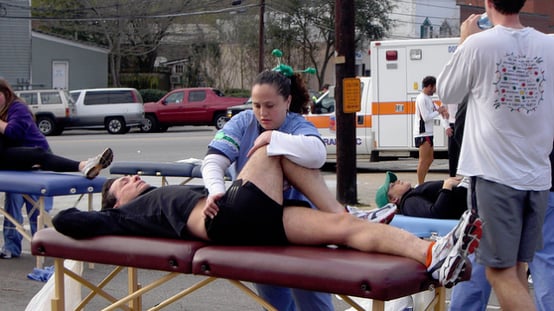
What does this say about massage as a medical practice?
Above all, it suggests that massage may be the only medical practice where the treatments have changed less than the scientific and medical theories that explain its effectiveness. However, because massage can refer to a range of different practices, technical distinctions and jargon had to be created establish minimum-levels of competency and for the sake of public health and educational regulation.
What is Massage Therapy (actually)?
Massage Therapy: The US Department of Education legally defines massage therapy as “manual techniques for manipulating skin, muscles, and connective tissues.” What this definition boils down to is that massage therapy refers to those massage modalities that solely utilize physical manipulation as its means of healing.
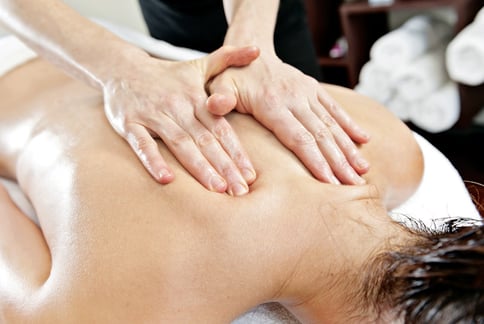
The most common massage therapy modality is Swedish Massage. Because it forms the basis for most other massage therapy modalities, Swedish Massage is often the first massage modality that is taught in massage school. It consists of five major massage techniques:
- Effleurage: Meaning “to lightly touch,” it describes a series of long, gliding or circular massage strokes and is applied using different degrees of pressure.
- Petrissage: Meaning “to knead,” this technique is applied by manually compressing soft tissues of an area through rhythmic kneading, squeezing, and/or rolling.
- Friction: As the name suggests, friction refers to a firm and focused rubbing technique that is applied to a specific area of the body.
- Vibration: A rhythmic shaking technique to loosen and relax the body.
- Tapotement: Meaning “to drum,” this technique describes rhythmic tapping across the body, most famously, as “karate chops.”
Other massage therapy modalities include: deep tissue massage, sports massage, and medical massage. In many ways, massage therapy broadly describes those massage modalities that are based on western or modern medicine, which is purely physical in nature.
What about those massage modalities that are not purely physical in nature, such as tuina and shitasu?
What is Bodywork Therapy?
Bodywork Therapy: Massage modalities that are not based on modern or western medicine are classified as “bodywork therapy.” Bodywork Therapy is a term that broadly refers to manual therapies that utilize non-physical principles or energetic anatomy. For example, reflexology is considered a bodywork therapy, because it claims to work by clearing the blockage of the body’s energy through massing particular zones of the feet.
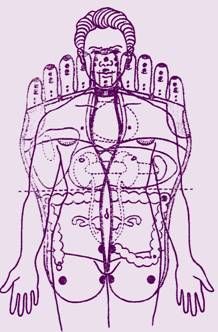
While bodywork is distinct from massage therapy, public practice of bodywork is usually restricted to Licensed Massage Therapists (LMTs). As such, bodywork practice is often regulated by the same organizations and laws that regulate massage therapy.
What is Asian Bodywork Therapy?
Asian Bodywork Therapy: Massage styles that are based on the principles of Traditional Chinese Medicine (TCM) are referred to as Asian Bodywork Therapies (ABTs). Because TCM utilizes a distinct model of the body, the US Department of https://www.aobta.org/page/Def_Scope_ProfessionEducation classifies ABT as a distinct professional training program than massage therapy. Examples of ABT forms include tuina, shiatsu, and Thai massage, all of which utilize meridian theory.
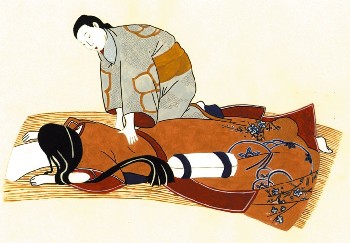
Because massage therapy, bodywork, and Asian bodywork are all in essence approaches to massage, most massage schools teach will teach a combination of modalities. However, certain schools offer specializations in certain kinds of massage.
For example, since Acupuncture and Massage College in Miami, FL is an accredited college of Oriental Medicine, we offer a professional certificate in Shiatsu as part of our massage therapy program. However, our program also includes many western massage therapy and bodywork courses, such as Swedish and medical massage.
For more information about our massage therapy program, download the massage therapy career guide below or call the admissions office at 305-595-9500. Acupuncture and Massage College is located at 10506 North Kendall Drive, Miami, Florida, 33176.
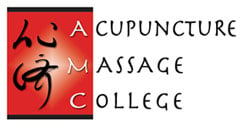
 (305) 595-9500
(305) 595-9500






